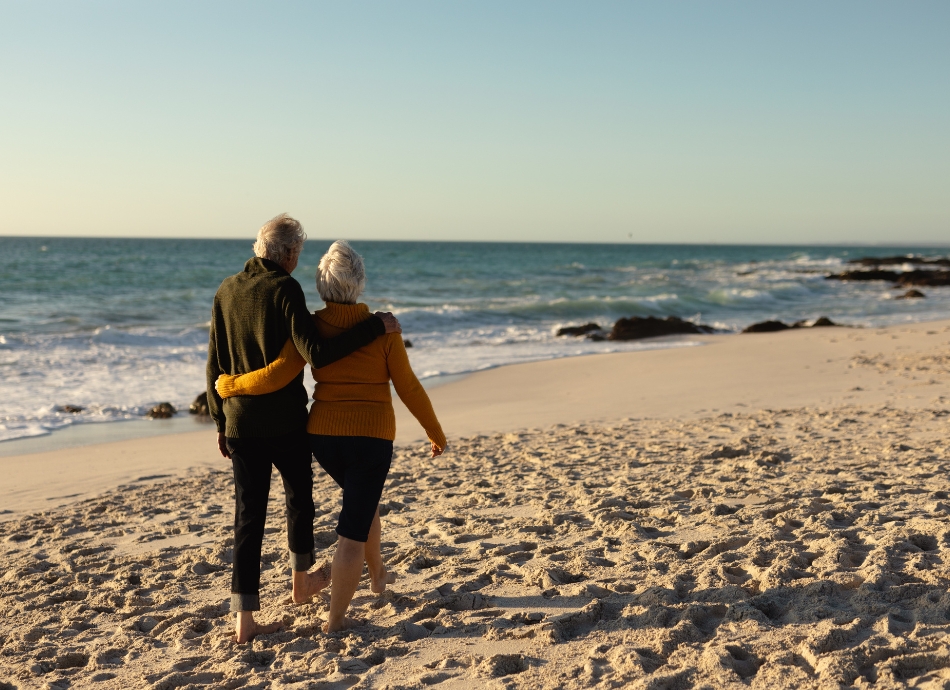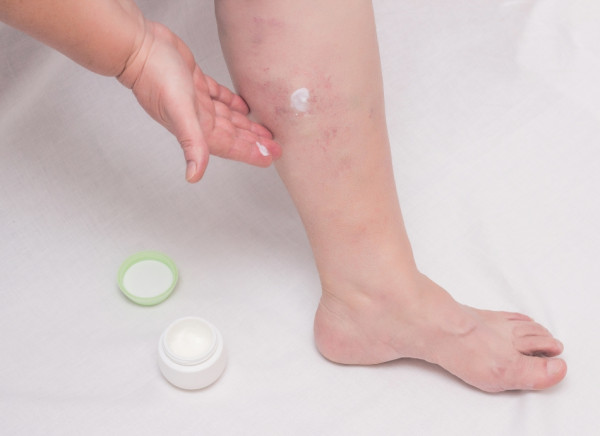Superficial thrombophlebitis
Also known as superficial venous thrombosis
Key points about superficial thrombophlebitis
- Superficial thrombophlebitis is a blood clot and inflammation of a vein near the surface of your skin.
- It usually happens in your leg.
- It's uncomfortable but not serious and goes away within weeks.

Superficial thrombophlebitis happens when a blood clot forms in a vein close to the surface of your skin. The vein gets inflamed.
The following video shows what happens.
Video: How superficial thrombophlebitis develops
Often a blood clot forms for no obvious reason. This is more likely to happen if you have:
- an injury, eg, getting hit directly on your leg in a fall
- varicose veins
- an IV line (cannula)
- been stuck in a bed or chair for a long time, eg with a hospital stay
- a blood clotting disorder or you're pregnant.
These symptoms occur along a surface vein – usually in your leg but it can be in another part of your body.
- Tenderness.
- Swelling.
- Pain.
- Redness.

Image credit: Canva
Diagnosis
Your healthcare provider will usually be able to make this diagnosis by asking some questions about your symptoms and how they started, and by examining you.
Sometimes you will need an ultrasound if the area is very large, or if it's close to your groin where the surface veins meet the deep veins. This is because there is a risk of deep vein thrombosis which is more serious and needs blood thinning medication.
Self-care
Keep doing your usual activities, this will keep your blood circulating normally.
If your leg is very painful and throbbing, sit down and prop your leg up. It’s best to put your leg up on a chair or stool at least as high as the one you are sitting on, rather than a low footstool. Otherwise you can swing your leg up and sit sideways on the sofa.
Treatment
Superficial thrombophlebitis gets better by itself, usually within 2– 6 weeks. Your body breaks down the blood clot and the inflammation goes away.
In the meantime, you can use non-steroidal anti-inflammatory creams or gels which you buy over the counter at a pharmacy. Or you can take pain killers by mouth, eg, paracetamol or non-steroidal anti-inflammatories (if they are safe for you to use.)
You can get compression stockings to help with pain through a pharmacy or practice nurse at your medical centre. You need to be measured for these to work well and you will need to pay for them yourself.
If your superficial thrombophlebitis is longer than 8 cm or near your groin, your healthcare provider will talk with you about anticoagulants (medicines that help to stop blood clots forming) because of the risk of the clot extending into your deep veins.
Most people recover fully. Sometimes hardness or a lump in the vein can last for months. For some people, brown pigmentation of the skin over the vein is permanent.
Some people will have recurrent episodes – if that happens to you, see your healthcare provider.
Superficial thrombophlebitis(external link) Patient Info, UK
Apps
Stroke apps
Blood pressure apps
Heart failure apps
Heart rate apps
References
- Deep vein thrombosis(external link) Auckland Region HealthPathways, NZ, 2023
- Superficial thrombophlebitis(external link) Patient Info Doctor, UK, 2021
Credits: Healthify editorial team. Healthify is brought to you by Health Navigator Charitable Trust
Reviewed by: Dr Emma Dunning, Clinical Editor and Advisor.
Last reviewed:





